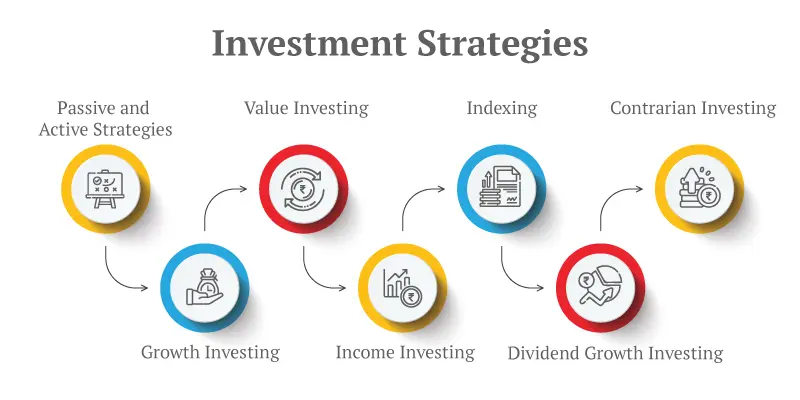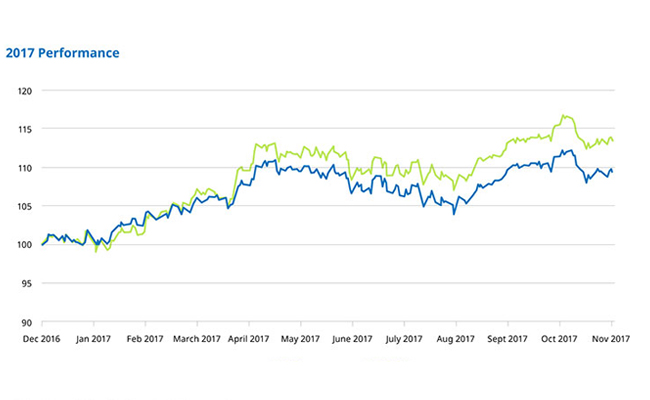Introduction :
Value investing is a time-tested investment strategy that involves identifying undervalued stocks in the market. Developed by legendary investor Benjamin Graham and popularized by his disciple Warren Buffett, value investing focuses on finding companies with solid fundamentals trading at prices lower than their intrinsic value. In this article, we will delve into the core principles of value investing and explore some effective strategies that investors can employ to uncover hidden gems in the stock market.
I. Understanding Value Investing :
1.1 The Concept of Intrinsic Value
– Intrinsic value represents the true worth of a company, determined by its fundamental characteristics such as earnings, assets, and growth prospects.
– Value investors believe that stock prices can deviate from intrinsic value due to market inefficiencies, presenting opportunities for profitable investments.
1.2 Margin of Safety
– The margin of safety is a crucial principle in value investing, providing a cushion against potential losses.
– By purchasing stocks at a significant discount to their intrinsic value, investors establish a safety net, minimizing the impact of adverse market conditions.
II. Key Value Investing Strategies :
2.1 Fundamental Analysis
– Fundamental analysis is the cornerstone of value investing, focusing on evaluating a company’s financial statements, competitive position, and industry outlook.
– Investors analyze key financial ratios, including price-to-earnings (P/E), price-to-book (P/B), and debt-to-equity (D/E), to assess a stock’s value relative to its peers and historical averages.
2.2 Contrarian Investing
– Contrarian investing involves going against prevailing market sentiment.
– Value investors seek opportunities in out-of-favor stocks or industries that are temporarily facing challenges but have solid long-term prospects.
– This strategy requires a contrarian mindset and the ability to identify undervalued stocks overlooked by the market.
2.3 Dividend Investing
– Dividend investing focuses on identifying companies that regularly distribute a portion of their profits to shareholders.
– Dividend-paying stocks not only provide a steady income stream but also tend to be more resilient during market downturns.
– Value investors look for companies with a history of stable or increasing dividends and reasonable payout ratios.
2.4 Asset-based Investing
– Asset-based investing involves assessing a company’s tangible assets, such as real estate, inventory, or intellectual property.
– Value investors search for companies whose market value is significantly lower than the sum of their assets, indicating an undervalued opportunity.
2.5 Special Situations Investing
– Special situations refer to events that can impact a company’s value, such as mergers, acquisitions, spin-offs, or bankruptcies.
– Value investors carefully analyze these situations to uncover potential bargains or mispriced assets.
III. Implementing a Value Investing Strategy :
3.1 Thorough Research and Due Diligence
– Value investing requires extensive research to identify promising investment opportunities.
– Investors should study a company’s financial statements, industry trends, competitive advantages, and management team before making any investment decisions.
3.2 Long-Term Perspective
– Value investing is a long-term strategy that requires patience and discipline.
– Investors should focus on the underlying fundamentals of a company and its potential for long-term growth, rather than short-term price fluctuations.
3.3 Diversification
– Diversifying one’s portfolio helps mitigate risk by spreading investments across different sectors, industries, and asset classes.
– Value investors should construct a well-diversified portfolio to avoid excessive exposure to any single stock or sector.
3.4 Regular Portfolio Review
– Value investing requires periodic review and adjustment of investment holdings.
– Investors should monitor their portfolio’s performance, reassess the intrinsic value of their holdings, and make necessary adjustments to maintain an optimal mix of investments.
Value investing has stood the test of time as a reliable investment strategy, providing investors with the opportunity to uncover undervalued stocks in the market. By focusing on a company’s intrinsic value, employing fundamental analysis, and applying various value investing strategies, investors can potentially generate attractive returns over the long term. However, it is important to note that value investing requires patience, research, and discipline. As with any investment approach, there are risks involved, and investors should carefully assess their own risk tolerance and consult with financial professionals before making investment decisions. By adopting the principles of value investing and staying committed to a long-term perspective, investors can position themselves to benefit from the untapped potential of undervalued stocks in the market.
Read Also: Stock Market Technical Analysis
![]()






One thought on “Value Investing Strategies”